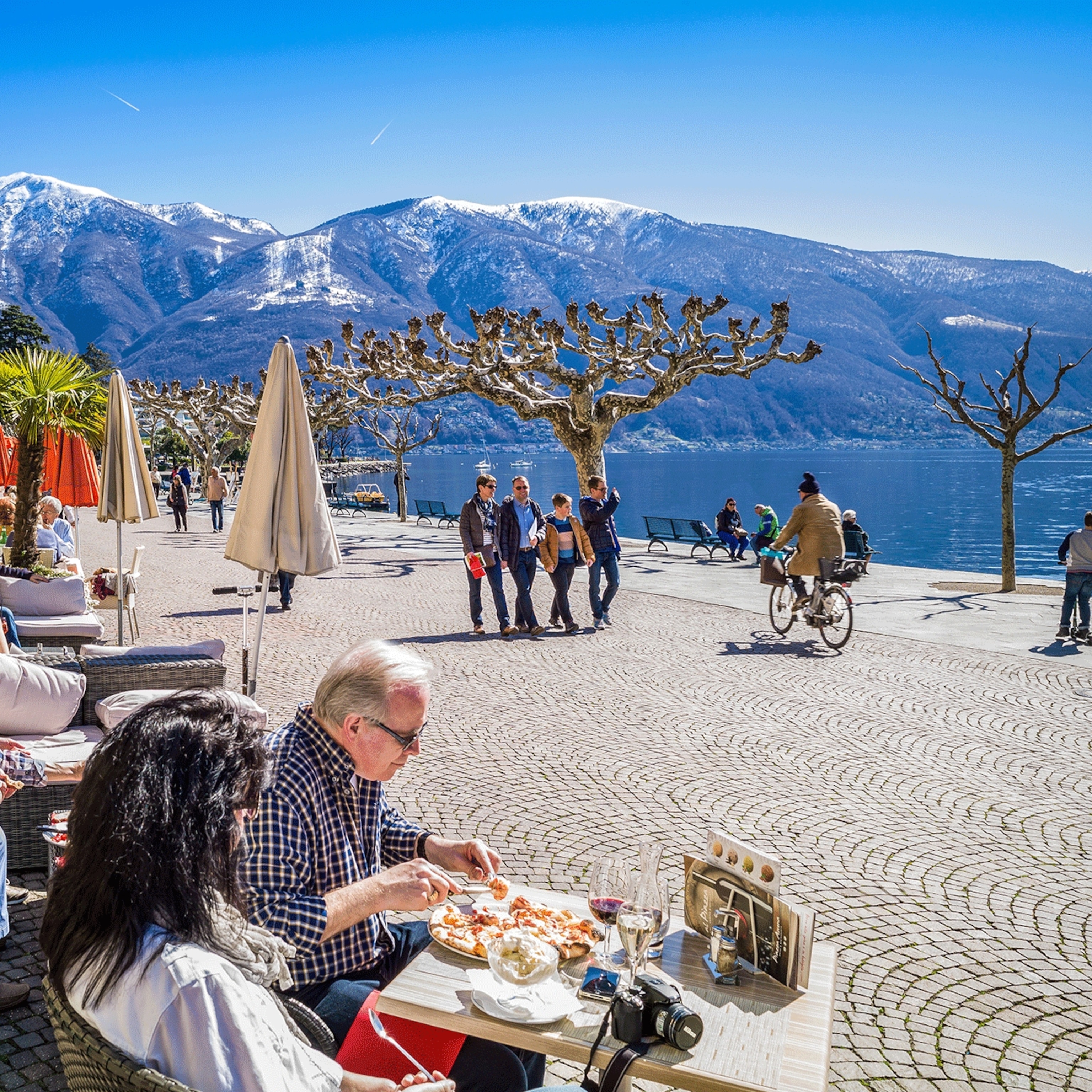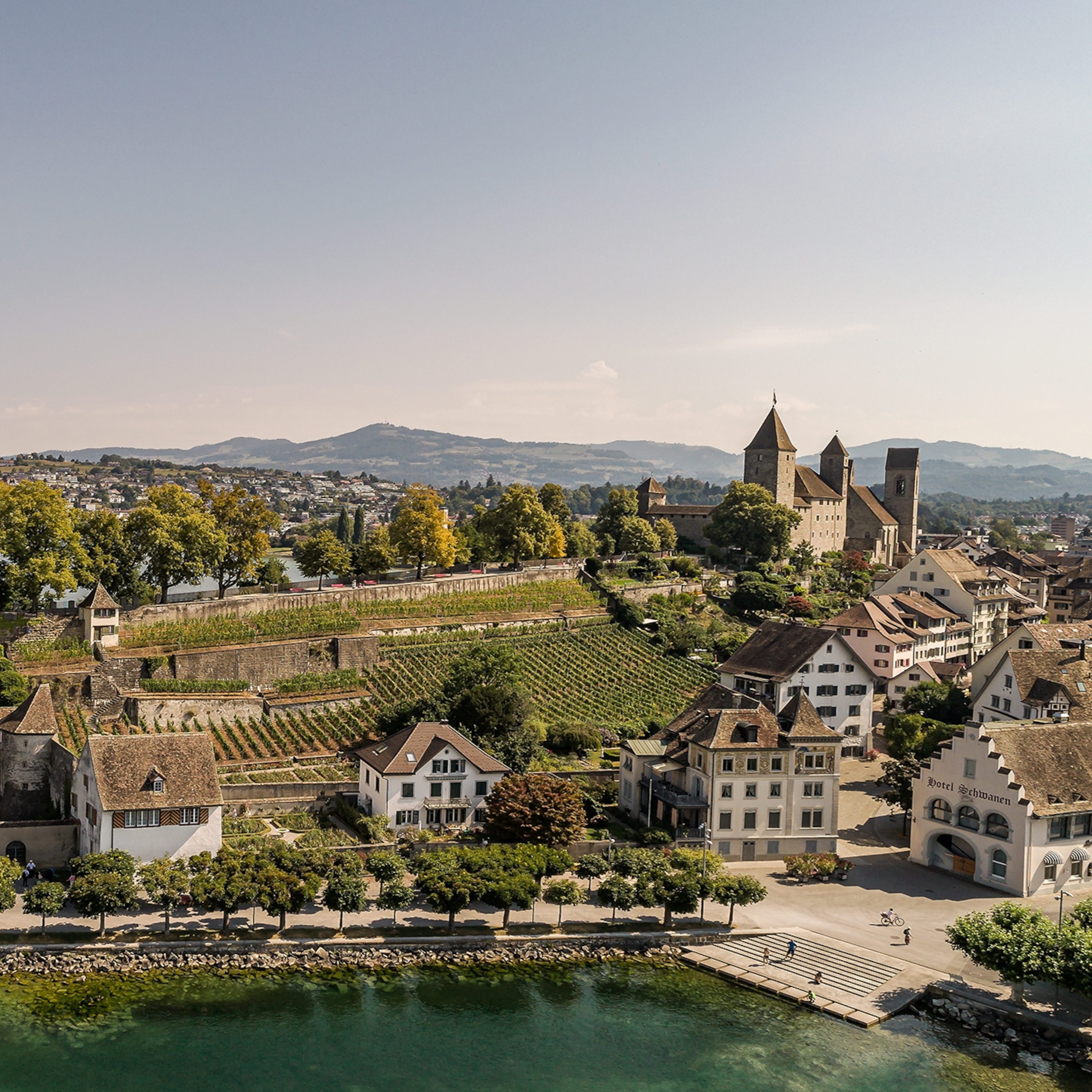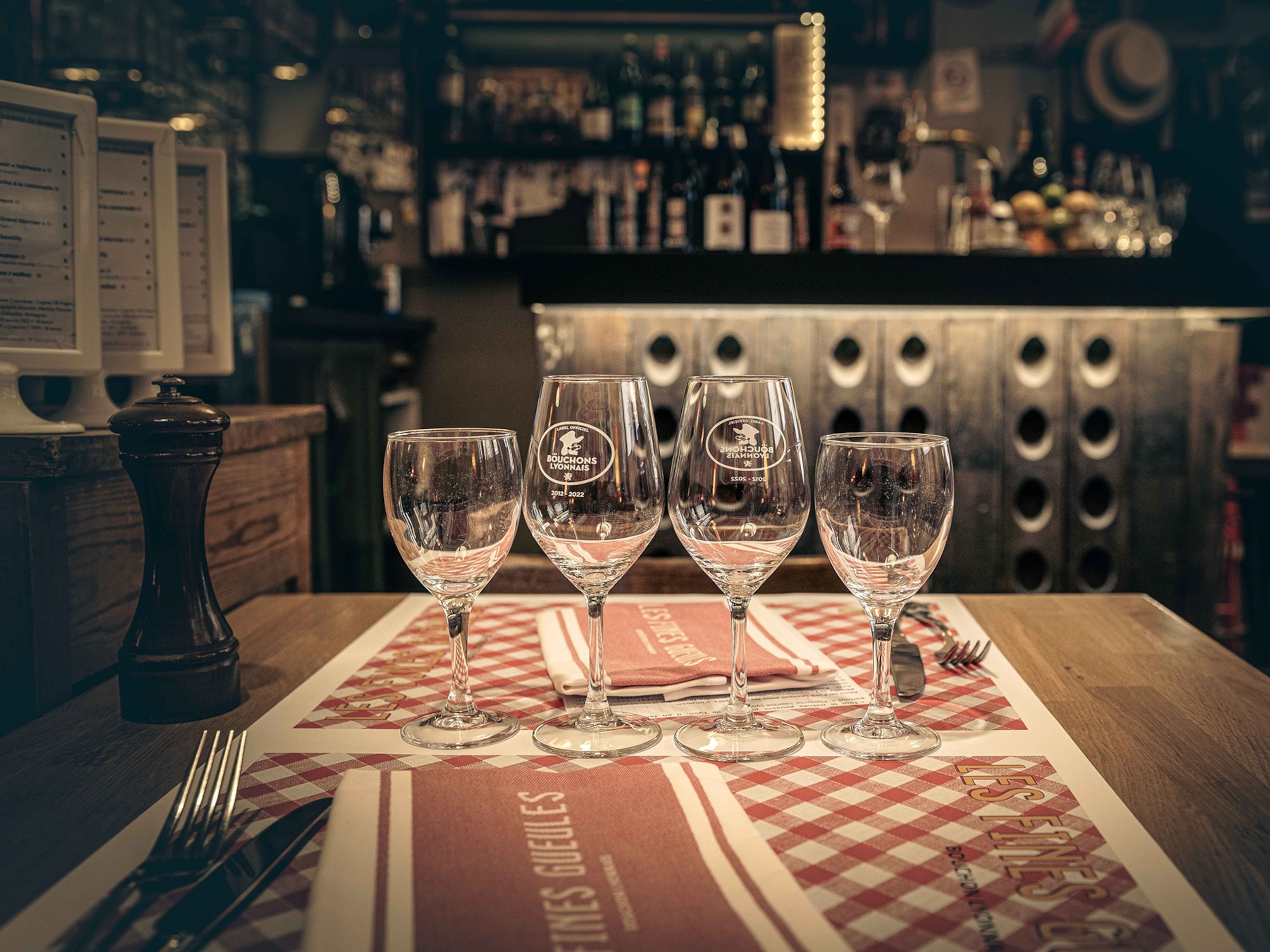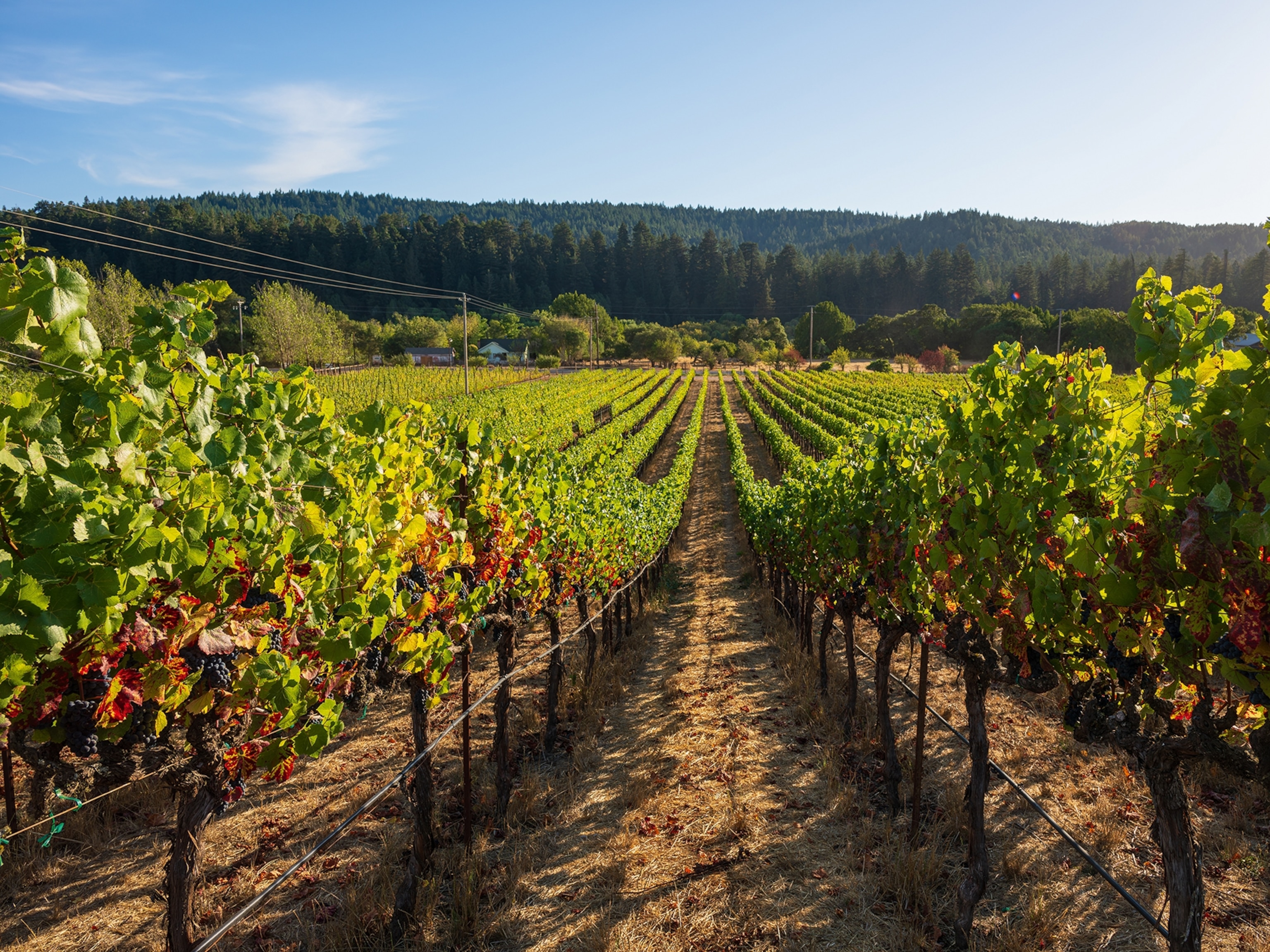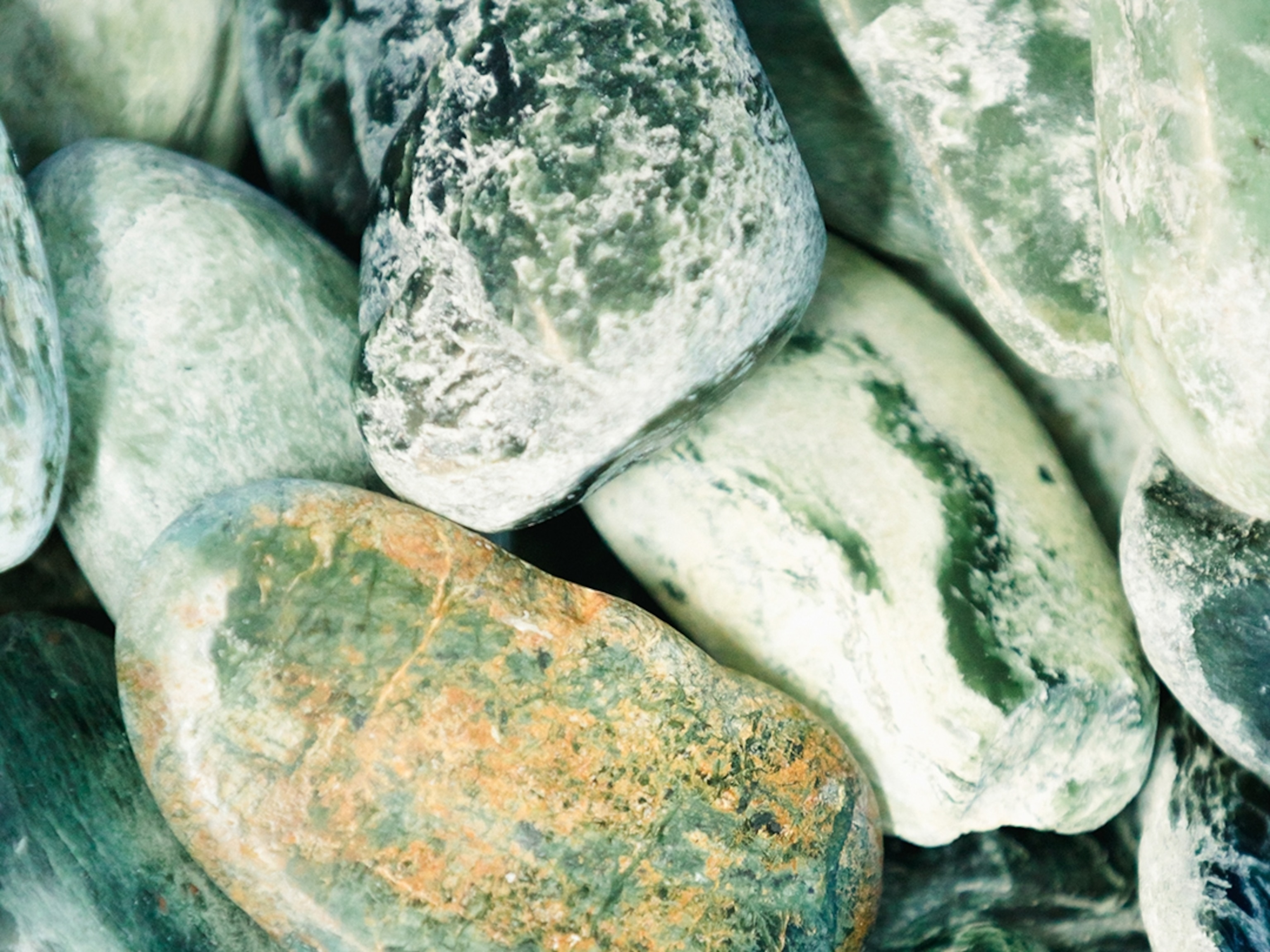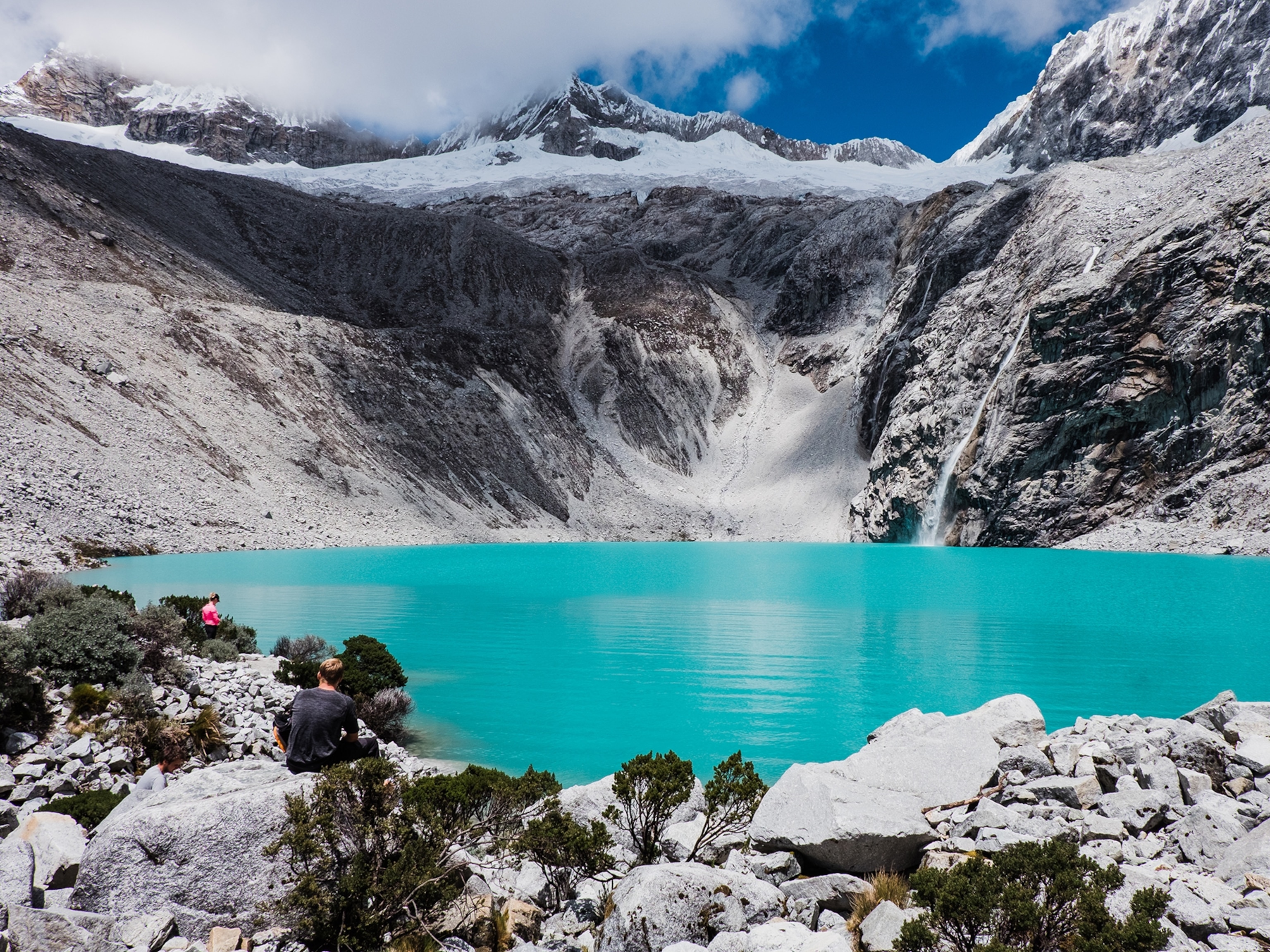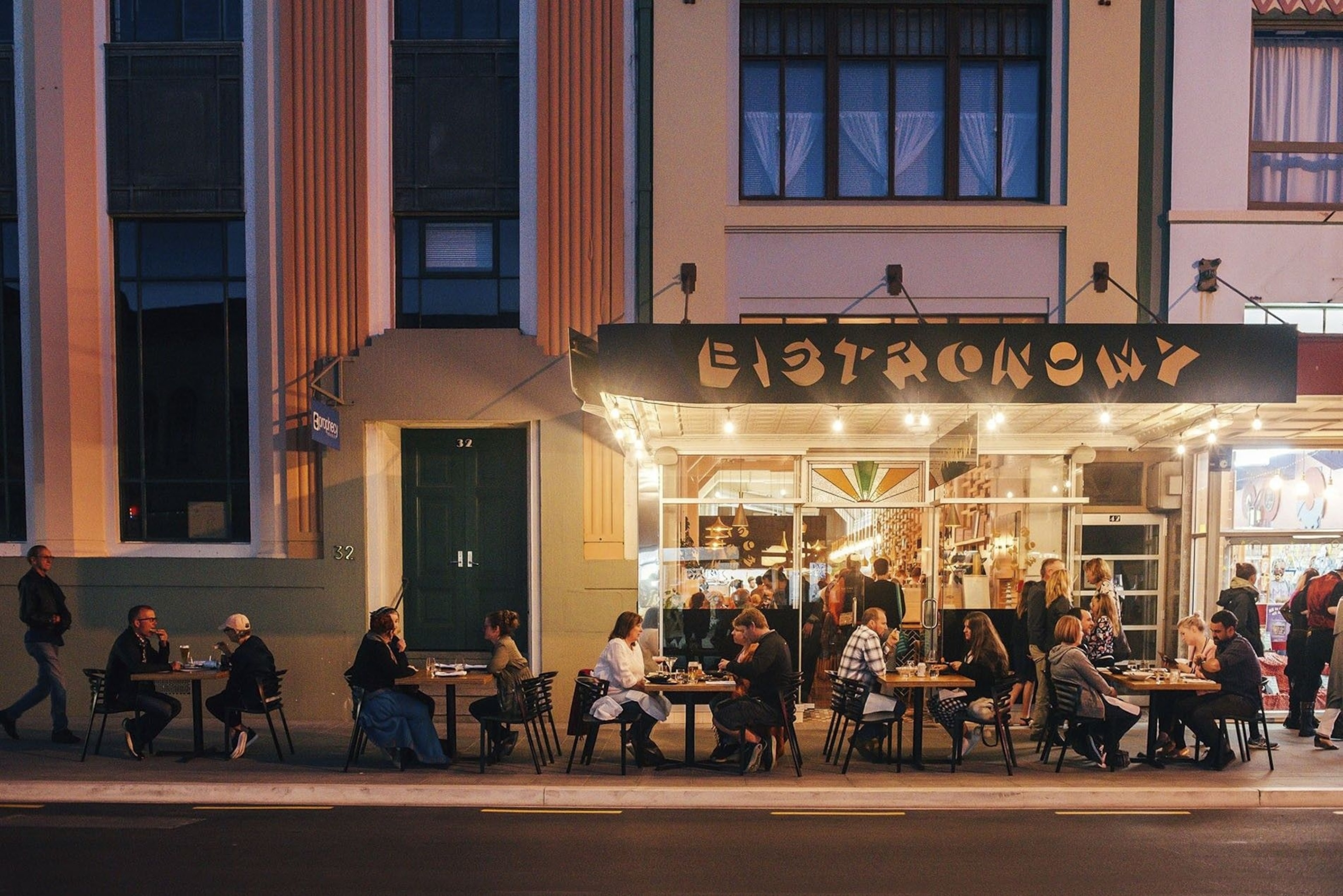
A culinary guide to Hawke's Bay, New Zealand
Famous for its sophisticated white wines, New Zealand’s Hawke’s Bay offers up plenty of less-known but complementary flavours, from freshly foraged samphire and juicy figs and to plump doughnuts filled with booze
Like a local: Napier Māori Tours
I’m standing by a windswept estuary, singing Row, Row, Row Your Boat to a line of people I’ve just met for the first time. I’d been asked by my Māori hosts to sing a song from my culture in response to the solemn and beautiful ceremony that marked my arrival, welcoming me to their land and introducing me to their gods. But nothing in my karaoke repertoire seemed adequate, so, in panic, I picked a nursery rhyme. I finish, and after a polite pause, Hinewai asks: “Shall we go fishing?”
Here on the east coast of North Island, Hinewai and her husband, Cam, lead Māori hunter-gatherer tours around the Ahuriri Estuary, a wildlife reserve abundant in fish and shellfish. It’s easy to see why the people here consider it a gift from the gods. As we wade through the shallows, Hinewai explains why Hawke’s Bay is known as ‘Māui’s fish hook’. Legend has it when the Māori god Māui snagged the giant fish that turned into New Zealand’s North Island, his hook stayed stuck in its nose, becoming the cape that forms Hawke’s Bay’s southernmost point. The land and its produce are sacred to the Māori, who settled in fishing villages around the old lagoon.
As we make our way to nets that Cam set the night before, Hinewai points out Māori Pou sculptures — imposing, carved wooden poles that mark historic trading spots. The aim of this tour is to show visitors another face of Hawke’s Bay, beyond the vineyards and fine dining restaurants for which it’s best known, and as we splash across at low tide, and Hinewai spins stories between mouthfuls of just-picked samphire, it feels like another world is rising out of the water.
I wouldn’t have survived long as a Māori hunter: I’ve no idea how to extract the enormous flounder we’ve caught from the net, and while I’m not looking, a seagull makes off with half our lunch. Cam, who wisely takes the job of gutting the fish away from me, throws the offcuts back into the water as an offering to the spirits, while Hinewai heads home to prepare lunch: oysters, cockles and other seafood. Guests usually cook and eat their catch on the shore, but the god of thunder has other ideas, summoning a deluge of hailstones that forces us to flee (I fear it’s a reaction to my singing). I don’t mind, though, because by the time we get to the village, Hinewai has turned out plates of samphire cooked in cream, butter and fish juices; and garlicky sea spinach and smoked mussels in a sweet chilli sauce. What’s more, she’s also transformed my flounder into lightly flaked fillets. It’s all washed down with a cordial made from kawakawa, a bitter Māori herb that Hinewai forages at sunrise from the forests around Hawke’s Bay. Cam, meanwhile, has been outside smoking our other catches — more flounder and a bass — which he intends to share with elderly members of the village.
Our conversation over lunch is a gentle baptism in Māori culture, peppered with key words and phrases like kai (‘food’), and kia ora (‘thank you’). We finish with an elegant little vegan kawakawa tart made by local cafe Hapī, by which point, the sun has broken through the thunderclouds and lit up the estuary and the vine-draped hills of Maui’s ‘fish hook’. Maybe Row Your Boat wasn’t such a bad choice, after all — suddenly it feels like ‘life is but a dream’. Napier Māori Tours’ prices start at NZ$300 (£160) per person for a half-day tour.
On two wheels: Hunter-Gatherer tours
Juliet Harbutt swings her car enthusiastically around the tight turns that snake from her hillside house through the Black Barn Vineyards estate. A redoubtable food writer, Harbutt is also quite possibly Hawke’s Bay’s foremost cheese expert, and, when leading her Hawke’s Bay Hunter Gatherer Tours, her mission is to seek the best local produce, with the help of her adorable spaniel, Winston.
We start with a tasting at nearby Arataki Honey that takes almost half an hour — Juliet has to drag me away from the jars of aromatic manuka and a pohutukawa (the ‘Kiwi Christmas tree’ due to its green and red colouring) honey. Next stop is the local figgery, where the fruits that are all but dripping off the trees are spun into rich panforte and sticky glazes. Then it’s on to Telegraph Hill Olivery, whose peppery olive oil we soak up in local sourdough, followed by a farm shop for fresh strawberries and asparagus. Finally, there’s a brief stop at Jackson’s Bakery to admire its bacon and egg pies — a Kiwi speciality — and pick up a doughnut for the short drive home.
Back at Juliet’s, while I hunt for avocado trees in her garden, she cooks the produce: the asparagus is crunchy with dukkah (an Egyptian spice mix) from Telegraph Hill, while salad leaves from down the road are bathed in figgy balsamic. The centrepiece is a plate of local cheese, includng a penicillin-y blue from Thorvlad, a cheesemaker from Nelson, and Danbo, a tangy cow’s cheese from Hohepa
— paired with a local IPA and wines and finished with strawberries and honeycomb-filled hokey pokey ice cream.
As we fold cheese inside bread from Y’a Bon French Baker and dip it in tamarillo (a subtropical, plum-shaped fruit) chutney, then wash it down with a crisp Black Barn rosé, Juliet says she sometimes misses London, where she once ran a wine and cheese shop. But at this moment, I really can’t imagine why. Half-day tours from NZ$650 (£340), including a ‘foraged’ lunch for two. thecheeseweb.com/hunter-gatherer
Wash it all Down: Tākaro Trails
I’m back at Black Barn early the next morning, sat on a bike and grateful to find myself at the top, rather than the bottom, of a steep hill. I’m at the start of a 10-mile cycling tour of local vineyards and cheese farms with Tākaro Trails. It’s a perfect New Zealand spring morning: the sky a vibrant blue, green vines tumbling down towards the Pacific.
We start with a tasting at Black Barn, its oaky chardonnay and sauvignon blanc a perfect introduction to the two wine varieties Hawke’s Bay is famous for — sophisticated, nuanced whites nurtured by a temperate maritime climate and gravelly soil. We then freewheel downhill to The Te Mata Estate winery, which has some of the oldest vineyards in New Zealand, and while I indulge in some of its velvety syrah, the owner’s granddaughter, Zara, tells me she meets regularly for tastings with fellow members of Women in Wine, a local group that works to empower and support women in the industry.
Back on the trail, I’m weaving slightly as I pedal my way to the Origin Earth Cheese Factory and Tasting Room. While there, a mammoth tasting session — part of which involves a camembert so ripe I eat it with a spoon — sets me up for the next short ride to Akarangi Wines, a beautiful little vineyard tucked away off the road, whose cellar door sits inside a converted chapel. I wander back out into the sun-speckled former churchyard, a little hazy from the malbec, and we set a decent pace along the blissfully flat flood dyke that runs above neighbouring vineyards. We finish at the seaside, at the Elephant Hill winery — its celebrated cellar door restaurant is the perfect place to recuperate with a cold glass of chardonnay and enjoy the breeze over the vines. Tours start at NZ$90 (£47) per person. takarotrails.co.nz
Finer things: Bistronomy
My dinner at Bistronomy, in the coastal city of Naiper, is something I boast about for the remainder of my time in New Zealand. A fascintating mixture of molecular gastronomy and French bistro but with a laid-back Kiwi vibe, the restaurant is the brainchild of James Beck, who trained in the UK at both Heston Blumenthal’s Fat Duck and The Savoy, in London. Yet for all its undoubted pedigree, I’m made to feel at home as I perch at the chef’s table in my trainers.
The food is delicate and exquisite — take, for example, the light asparagus consommé with shaved goat’s cheese ice, or the globe artichoke on orange custard, sprinkled with pollen. It’s also criminally underpriced — my main course of stir-fried broccolini with a creamy almond panna cotta costs just £10.50: I’ve paid more for coffee and a sandwich in London.
He tells me he founded Bistronomy four years ago having grown tired of working in expensive restaurants: “I got sick of cooking for rich people,” he says. “Dinner like this is nothing special for them.” A local boy, he wanted to bring Hawke’s Bay ingredients to the forefront using skills he’d learned in Europe. Beck tells me about a dish he created recently called Solidarity in Mushrooms, inspired by a row that broke out when residents in the affluent neighbouring village Havelock North complained about the smell coming from the local mushroom farm. “We made this landscape of Havelock North out of mousse, with soil, grass, the river, and then this little plastic monopoly house on top,” he explains. “The only thing out of place was the house,” he says, breaking into a wry smile as he plates up another Instagram-worthy plate of food. Three courses with wine, NZ$60 (£32). bistronomy.co.nz
Local favourite: Hapī
Everyone in Hawke’s Bay has urged me to try Hapī, a cafe in Napier that serves gluten-free, dairy-free, vegan fare with a Māori twist. It includes dense, crunchy paleo bread made from sprouted buckwheat; turmeric chicken broth with kelp and nettles; and something resembling a Bounty bar, only made with raw cacao, dates and coconut. I go for a tempeh sandwich, spilling over with almond satay sauce, and, seeing that the few seats in the little cafe are occupied, I take it for a stroll through Napier’s gorgeous streets and enjoy it beside the sea. Brunch for one with coffee, NZ$20 (£10.40). hapi.nz
Only In Hawke’s Bay
Inject your own doughnuts
Kiwis are generally obsessed with doughnuts, and they do seem to be bigger and puffier here than anywhere else. At rock ’n’ roll-themed bistro Mr D, in Napier, the pastries come with large syringes filled with boozy syrups that you inject. I go for a dark rum and chocolate, and manuka honey vodka jelly, which is as messy and fun as it sounds. Doughnut with one syringe, NZ$10 (£5.25). misterd.co.nz
Fig and walnut ‘salami’
The juicy, luxuriant fruit grown at Te Mata Figs compresses beautifully into this delicious meaty twist on a traditional fig roll. Stuffed with nuts, spices and seeds, it’s as rich as a panforte. What’s more, it goes extremely well with goat’s cheese and is ideally washed down with a glass or two of fig beer. Other products on offer include fig syprup and caramelised fig balsamic. Salame di fichi, NZ$10.50 (£5.50). tematafigs.co.nz
As featured in Issue 5 of National Geographic Traveller Food.
Follow us on social media
Twitter | Facebook | Instagram | Flipboard
